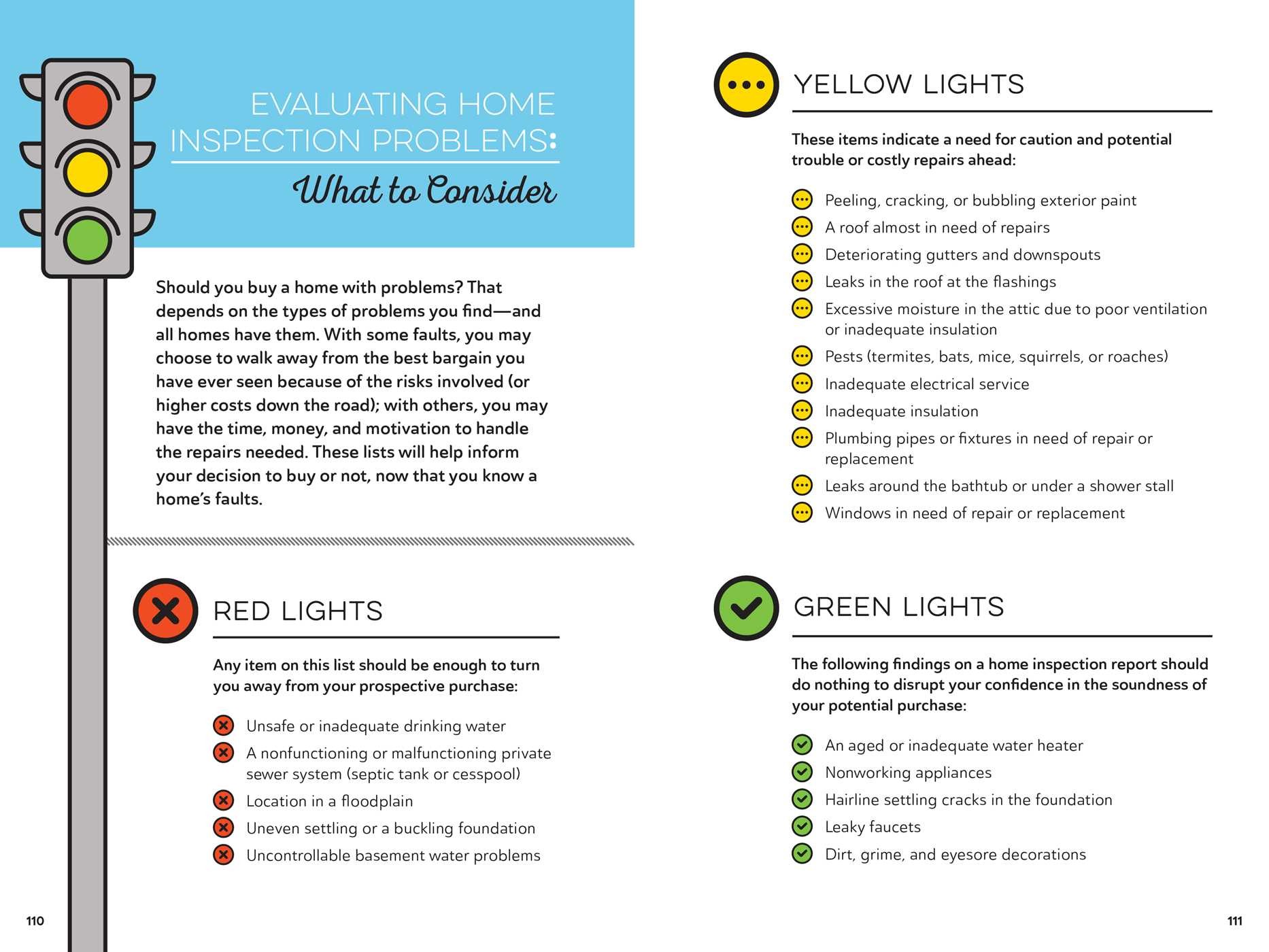Comparing The Values Of Renewable Solar Power With Traditional Power Options: A Comprehensive Analysis
Comparing The Values Of Renewable Solar Power With Traditional Power Options: A Comprehensive Analysis
Blog Article
Developed By-Bentsen Creech
When evaluating the stability of solar power versus standard energy sources, you may find yourself contemplating the long-term sustainability and impact on your finances. The detailed balance in between first prices, ongoing expenditures, and ecological ramifications raises sixty-four-thousand-dollar questions concerning the future of power generation. As you browse through the complexities of this comparison, a deeper understanding of the nuances in cost-effectiveness, ecological stewardship, and power safety waits for expedition.
Cost-Effectiveness Contrast
When contrasting the cost-effectiveness of solar energy with traditional power resources, it ends up being evident that initial financial investment distinctions play a pivotal function in figuring out lasting savings.
While solar power systems call for a greater in advance investment for setup and devices, they provide significant long-lasting benefits that can exceed the first expenses. commercial solar installation depend on comprehending that solar power systems have marginal ongoing operational and maintenance expenses compared to traditional power sources like fossil fuels.
By buying solar power, you can potentially save money on energy costs over the system's lifespan. Furthermore, with improvements in technology and reducing installment costs, solar power has come to be much more obtainable and inexpensive for property owners and organizations alike. These savings can build up with time, providing a return on investment that surpasses standard energy resources.
Moreover, solar energy systems use the benefit of energy independence and stability versus fluctuating utility costs. By taking advantage of the power of the sun, you add to a cleaner environment and minimize your carbon footprint. Embracing solar energy not just advantages your pocketbook but likewise the world over time.
Environmental Impact Analysis
Solar energy offers an encouraging choice to conventional energy sources due to its substantially reduced environmental influence. Unlike nonrenewable fuel sources that discharge harmful greenhouse gases and add to air contamination, solar power produces electrical energy without producing any type of exhausts.
The process of taking advantage of solar energy involves recording sunshine with photovoltaic panels, which does not launch any type of contaminants into the environment. This lack of emissions helps reduce the carbon footprint associated with power production, making solar power a cleaner and more sustainable choice.
In addition, making use of solar power contributes to preservation efforts by decreasing the need for limited resources like coal, oil, and gas. By relying on the sunlight's abundant and renewable resource resource, we can help maintain all-natural habitats, secure communities, and reduce the adverse influences of resource removal.
Reliability and Power Landscape Analysis
For an extensive evaluation of reliability and the power landscape, it's essential to review how solar energy contrasts to traditional resources. Solar energy is gaining ground as a reputable and sustainable energy source. While traditional sources like coal, oil, and natural gas have been traditionally leading, they're finite and contribute to ecological degradation.
Solar energy, on the other hand, is bountiful and eco-friendly, making it a much more sustainable choice in the future.
In regards to integrity, solar power can be based on weather and sunshine accessibility. Nevertheless, advancements in innovation have resulted in the growth of energy storage options like batteries, enhancing the integrity of solar power systems. Traditional resources, on the other hand, are prone to price fluctuations, geopolitical tensions, and supply chain disruptions, making them much less reputable in the long-term.
When evaluating the power landscape, solar energy supplies decentralized power manufacturing, reducing transmission losses and raising power security. Traditional sources, with their central nuclear power plant, are much more at risk to disruptions and require extensive framework for distribution.
Conclusion
Finally, when comparing solar energy to standard energy sources, it is clear that solar power provides a cost-efficient, environmentally friendly, and dependable alternative. With minimal functional prices, prospective savings on utility bills, and a dramatically lower environmental effect, solar power is coming to be an extra sustainable and safe choice. Welcoming solar energy can help in reducing greenhouse gas exhausts and contribute to conservation initiatives, making it a compelling selection for the future.
